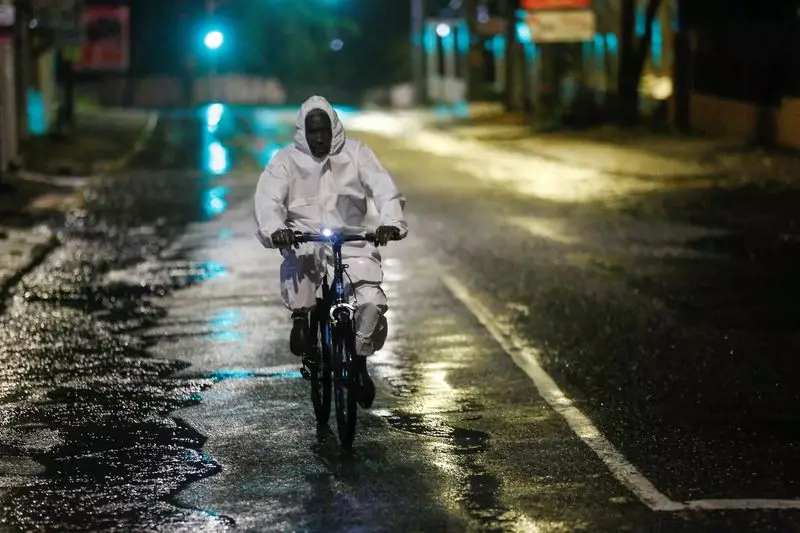
Jamaica is facing an unprecedented weather emergency as Hurricane Melissa, now classified as an extremely dangerous Category 5 storm, prepares to make direct landfall on the island nation. Meteorological experts are calling this potentially the most powerful hurricane to hit Jamaica in nearly 200 years.
Unprecedented Threat Level
The National Hurricane Centre has issued grave warnings, indicating that Hurricane Melissa could become the strongest storm to impact Jamaica since records began. With sustained winds reaching catastrophic speeds and a massive storm surge expected, authorities have activated emergency protocols across the island.
Emergency Preparations Underway
Jamaican authorities have moved swiftly into action, implementing comprehensive emergency measures:
- Mandatory evacuation orders for coastal and low-lying areas
- Activation of emergency shelters across all parishes
- Deployment of military and disaster response teams
- Closure of airports and seaports until further notice
- Stockpiling of essential supplies and medical resources
Regional Impact and Warnings
While Jamaica faces the most immediate threat, neighbouring Caribbean nations are also on high alert. The Cayman Islands and eastern Cuba have been placed under hurricane watches, with the storm's projected path indicating potential impacts across the broader Caribbean region.
Meteorological experts emphasize that the combination of Melissa's intensity and its direct trajectory toward Jamaica creates a scenario not witnessed in modern history. Residents in vulnerable areas are being urged to complete all necessary preparations immediately and heed official evacuation orders.
Historical Context
Historical weather records indicate that Jamaica hasn't experienced a storm of this magnitude since the early 19th century. The potential for widespread devastation has prompted international aid organizations to preposition resources and personnel for rapid response operations.
As the hurricane continues its relentless approach, Jamaican authorities maintain constant communication with regional weather centres and international disaster management agencies to coordinate what could be one of the most significant emergency responses in the nation's history.





